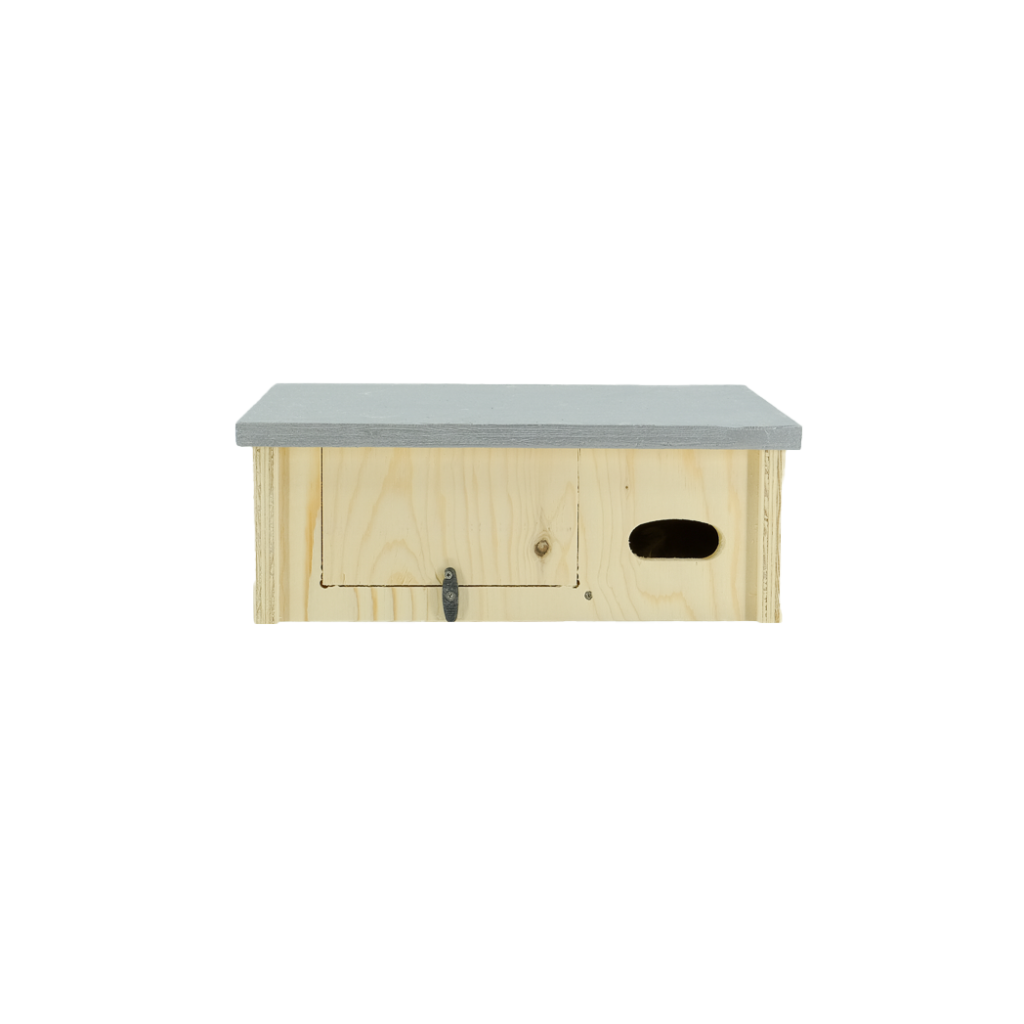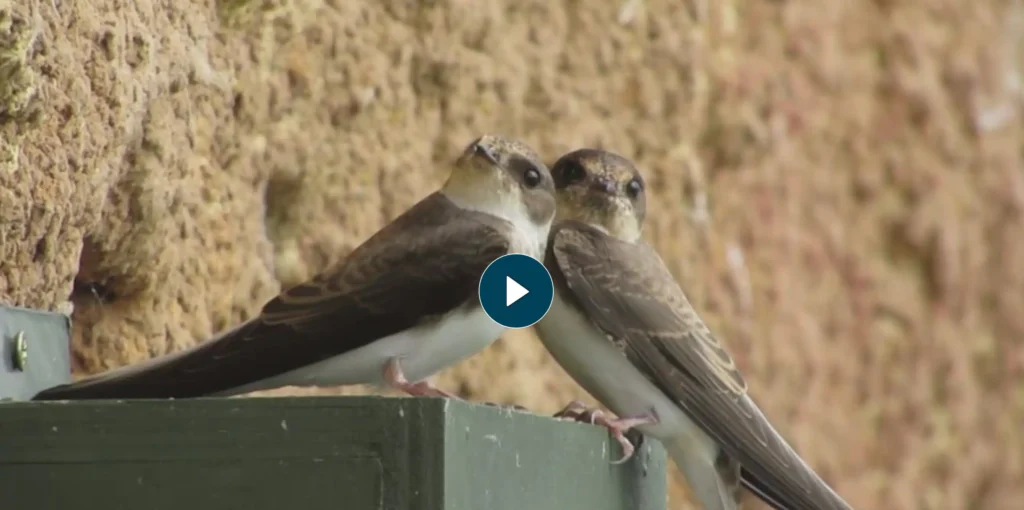Swift
Would you like to see more swifts in West Sussex? Why not put up a swift box!
These beautiful and charismatic birds have declined across the UK by more than 50% over the past 23 years. Since 1993 they have declined by 60% across the UK and by 70% here in Sussex.
Paul Stevens, is the leading expert on Swifts for our area and lead conservationist for England on House Martins. Follow link below to learn more about Paul's Weald to Waves project.
Learn more about how a Swift Box can help – See Paul introduce the boxes and see the benefits in the ITV news clip.
Swift Boxes: Available now
July 2025:
We now have our initial batch of Swift Boxes available to order.

Swifts nest in our buildings, flying fast and straight to post themselves through small slots, into cavities in houses, behind roof tiles, eaves, fascia boards and soffits. Renovations and improved insulation measures (no bad things in themselves) can, often unwittingly, mean that nest sites are blocked or lost.
Swifts pair for life and are ‘site-faithful’, so if a building has been demolished, renovated, or the gap obstructed or repaired, they must find somewhere new and quickly. Swifts are only here for around three months, two of which are spent raising chicks – so if an alternative site can’t be found fast, a whole breeding season will be skipped.
Swifts can also be helped if specially designed swift nest bricks are incorporated into new builds and old buildings that are being renovated. Swift bricks can be made from different materials such as terracotta clay and recycled plastic, foamboard and brick, woodcrete or galvanised steel sheet. They can be made to any brick size to fit into any cavity or rendered wall, and can be plastered over, leaving just the entrance hole showing on the wall. Bricks have to be sited at least 5m above the ground with no vegetation on the wall and with a clear flight path to the entrance, but several can be built into the same wall. The Swift Conservation website has lots of useful information about suppliers and the installation of these swift bricks and there is now a British Standard for bird bricks which can be used by architects and developers.
Swifts are sociable birds and like to nest in colonies so it makes sense to provide at least one brick per house in a new development and where there are suitable walls, several can be placed together. They are inexpensive, need minimal maintenance are completely discrete from the interior of the building and do not affect the insulation. Although they are targeted at swifts, they are also called ‘universal bird bricks’ as they will probably first be used by house sparrows (also red-listed for conservation), tits and even starlings, before swifts come to claim them as their own.
So it seems a no-brainer that it should be a requirement in EHDC and SDNPA Local Plans (the government have not made it mandatory by law to install swift bricks and have left it to local authorities to decide) that every new development should have swift bricks incorporated into each and every suitable building to help build back the swift population of East Hampshire.
By erecting swift boxes on our houses or integrating swift bricks into buildings we can offer alternative nesting sites and hopefully grow the local population of swifts.
Would you like to see more swifts in Midhurst? Then why not put up a swift box!
A note about siting requirements:
Swift boxes need to be fixed high up under the eaves of a building that is at least two storeys high. They need a clear drop below them of at least 4.5 metres as swifts often drop down a long way when leaving the box. For this reason, bungalows are rarely suitable for swift boxes. Due to their very short legs, swifts are unable to perch so must have ample clear air space adjacent to the box in order to fly straight in and out without obstruction. Trees, large shrubs, walls or fences too close to the swift box can obstruct their flight path. Climbing plants on a house wall can give rats access to swift boxes and obstruct the swifts’ flight path so if they cover much of a wall, especially near the eaves, that wall might be unsuitable for a swift box.
We expect that the swift boxes will be made locally and installed by the charity, with a single box costing £20.

